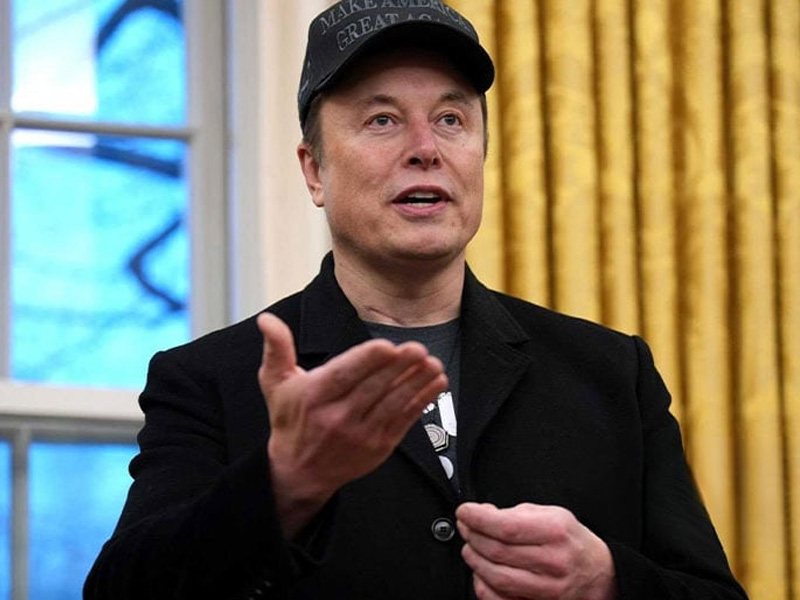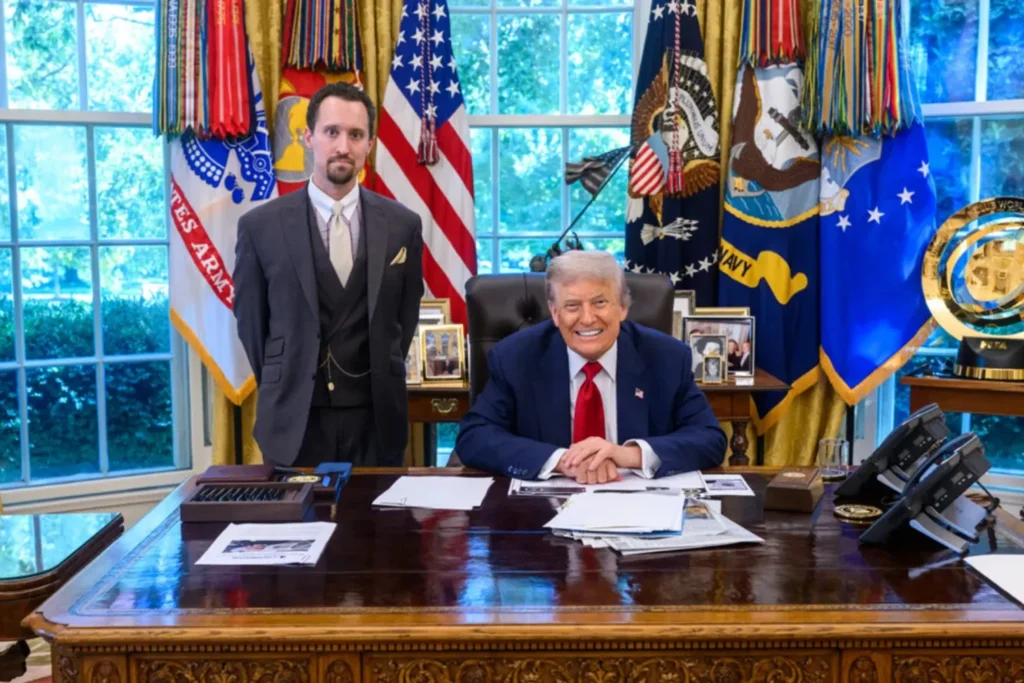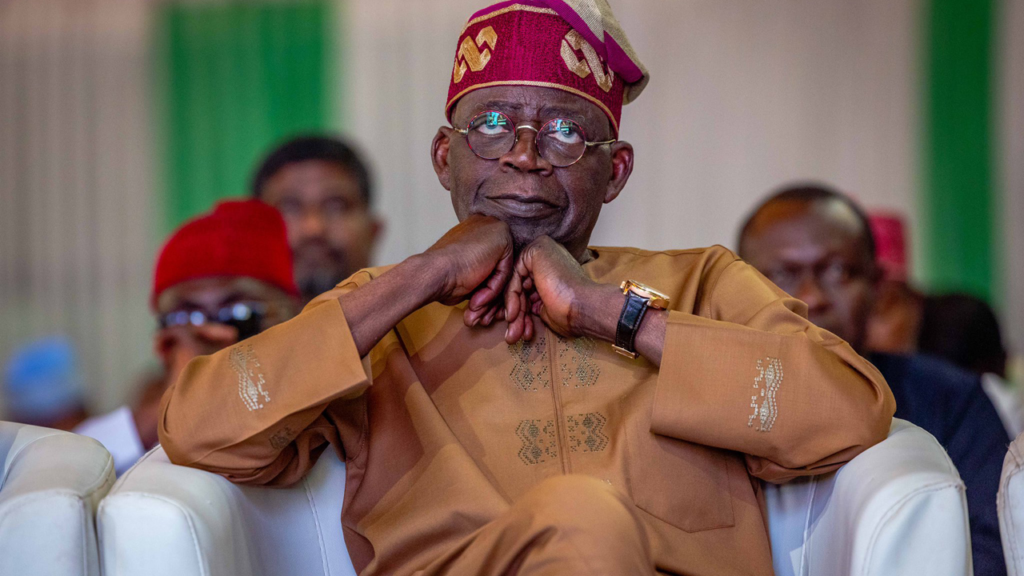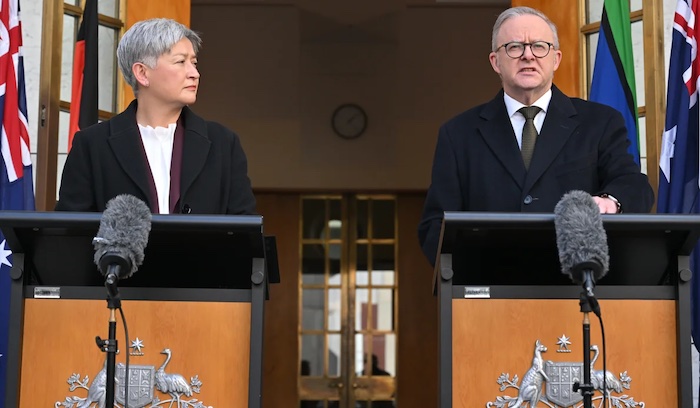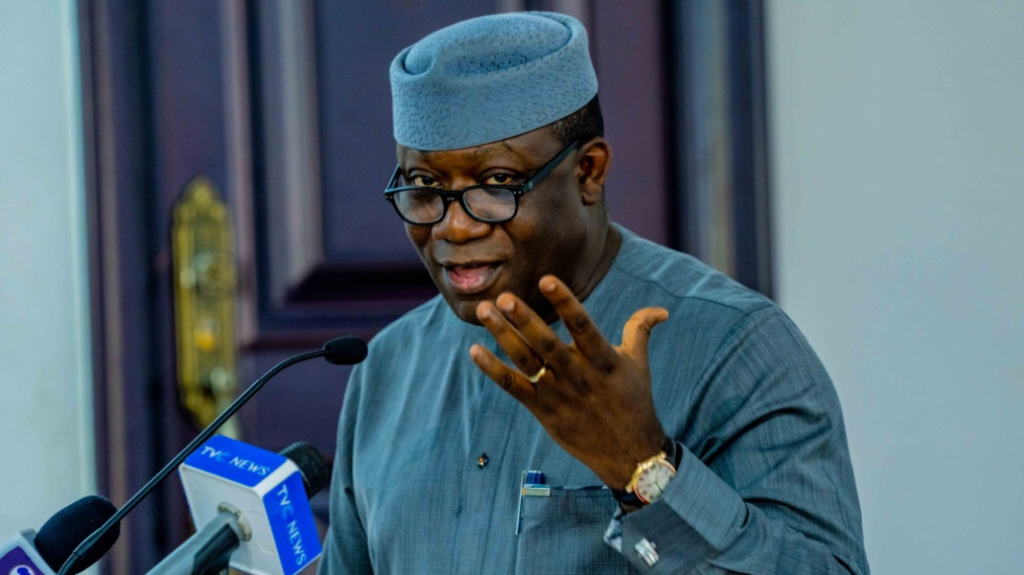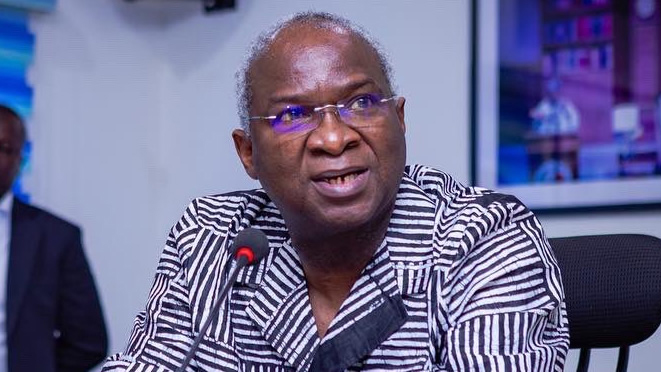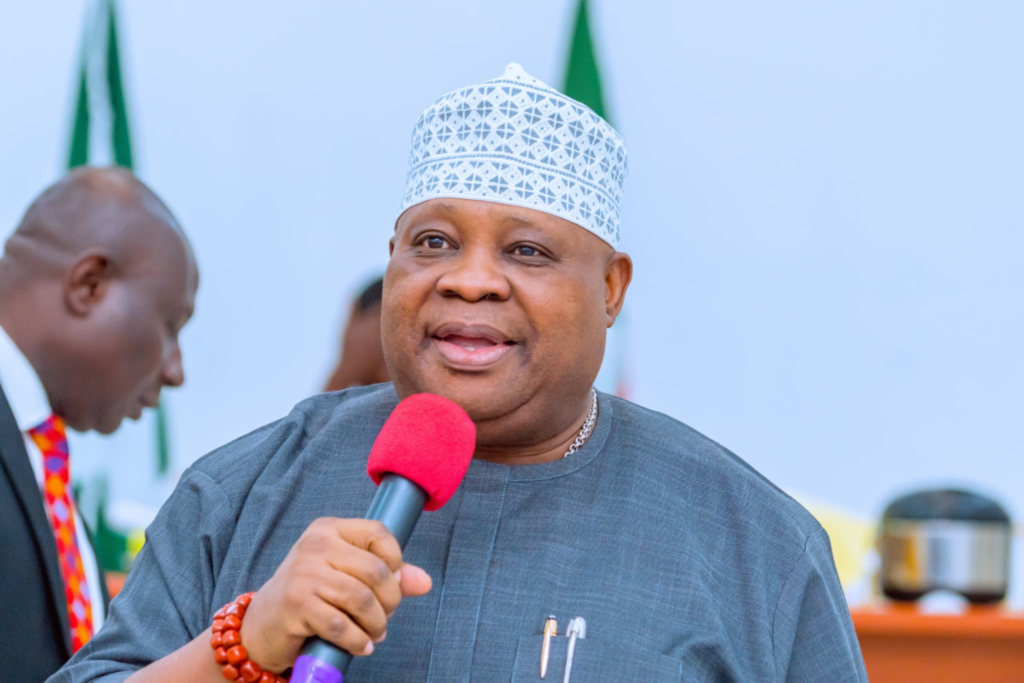President Gabriel Boric made history as the first leader in the Americas to visit the South Pole, marking a significant moment for Chile’s Antarctic ambitions. The milestone visit to the Amundsen-Scott South Pole Station underscored Chile’s claim to Antarctic sovereignty and its commitment to advancing scientific research and combating climate change.
“This is a milestone for us,” Boric said during an appearance on Chilean television. “It’s the first time a Chilean president has come to the South Pole and talked about Chile’s Antarctic mission.”
Accompanied by scientists and cabinet ministers for defense and the environment, Boric highlighted Chile’s determination to become a global leader in Antarctic research initiatives. His office described the visit as a demonstration of Chile’s ambition to serve as the world’s gateway to Antarctica.
Boric’s visit makes him only the third world leader to reach the South Pole, following the prime ministers of New Zealand and Norway.
The Antarctic Treaty, established in 1961, designates the continent as a scientific preserve, free from governance or indigenous populations. Chile, alongside other nations, has long claimed portions of Antarctica, participating in diplomatic and scientific collaborations to protect the region.
The historic visit reflects Chile’s growing role in global efforts to address climate change and promote scientific exploration in one of the planet’s most critical and fragile ecosystems. Boric’s leadership sets a precedent for increased regional engagement in Antarctic research and conservation.



